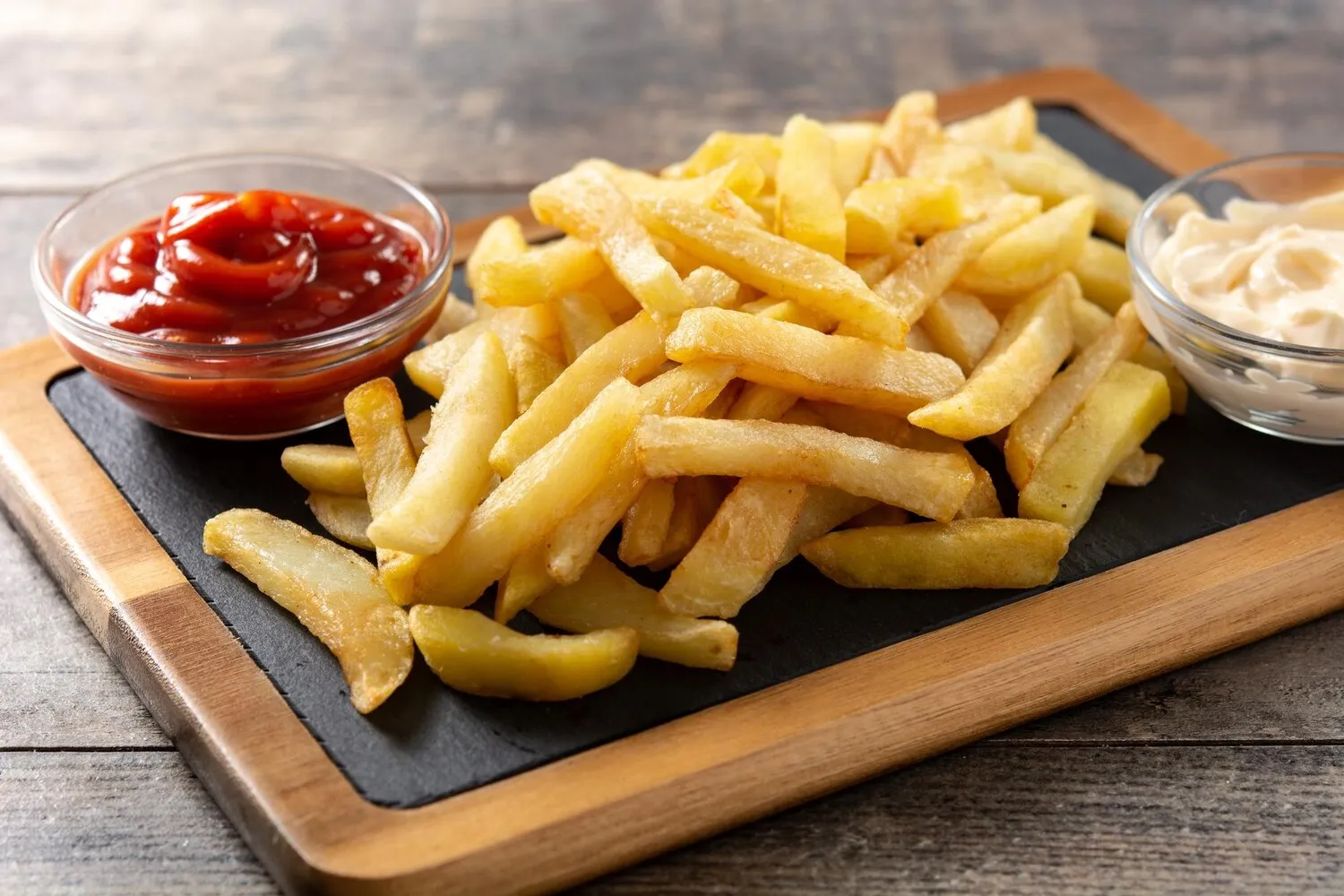
Accompagnements variés
A varied selection of side dishes, these can include gratins, salads and other seasonal vegetables.
Nutrition Facts
* The % Daily Value (DV) tells you how much a nutrient in a serving of food contributes to a daily diet. 2,000 calories a day is used for general nutrition advice.
Side dishes in French cuisine have evolved alongside the main courses, influenced by factors such as regional produce availability, historical cooking techniques (from peasant fare to haute cuisine), and evolving dietary preferences. The concept of showcasing seasonal vegetables and employing diverse cooking methods like gratiné has been a longstanding tradition.
A varied selection of side dishes ('Accompagnements variés') reflects the French emphasis on seasonality, regionality, and balance within a meal. It highlights the importance of enjoying fresh, high-quality ingredients and complements the main course, rather than overshadowing it.
Seasonality
French cuisine places a strong emphasis on using seasonal ingredients. 'Accompagnements variés' showcase the best of what's available at the time of year, ensuring optimal flavor and freshness. For example, asparagus in spring, tomatoes in summer, and root vegetables in winter.
Regionality
The specific side dishes offered often reflect the culinary traditions of the region. A meal in Provence might feature ratatouille or herbes de Provence-infused vegetables, while a meal in Normandy might include apple-braised cabbage or cream-based gratins.
Balance
'Accompagnements variés' are designed to complement the main course by providing contrasting textures and flavors. A rich, saucy meat dish might be served with a light, refreshing salad or simply prepared green beans.
The flavors of 'Accompagnements variés' are inherently diverse, depending on the specific dishes included. However, common themes involve balancing richness with acidity, highlighting the natural sweetness of vegetables, and incorporating savory elements.
Typical flavors range from the creamy, cheesy richness of a gratin dauphinois to the bright, herby freshness of a mixed green salad. Vegetable dishes might feature earthy root vegetables roasted with herbs, slightly bitter greens sautéed with garlic, or sweet glazed carrots. Vinaigrettes often provide a tart counterpoint, while gratins offer comforting, savory notes.
Flavor Pairing
Carefully consider how the flavors of the side dishes will interact with the main course. Avoid overwhelming the palate with similar flavors and aim for a harmonious balance.
Texture Contrast
Incorporate a variety of textures to make the meal more interesting. A crunchy salad complements a tender piece of meat, while a creamy gratin provides a comforting contrast to a lighter dish.
Seasonal Produce
Always choose the freshest, highest-quality seasonal produce available. This will significantly enhance the flavor and overall enjoyment of the side dishes.
Presentation
Pay attention to presentation. Arrange the side dishes attractively on the plate to create a visually appealing meal. Simple garnishes, like fresh herbs, can add a touch of elegance.
Explore additional Side dish dishes and restaurants
Explore Side dishDiscover top dining spots and culinary experiences in Dijon.
Explore DijonLearn more about the food culture, restaurant scene, and culinary heritage of France.
Explore France